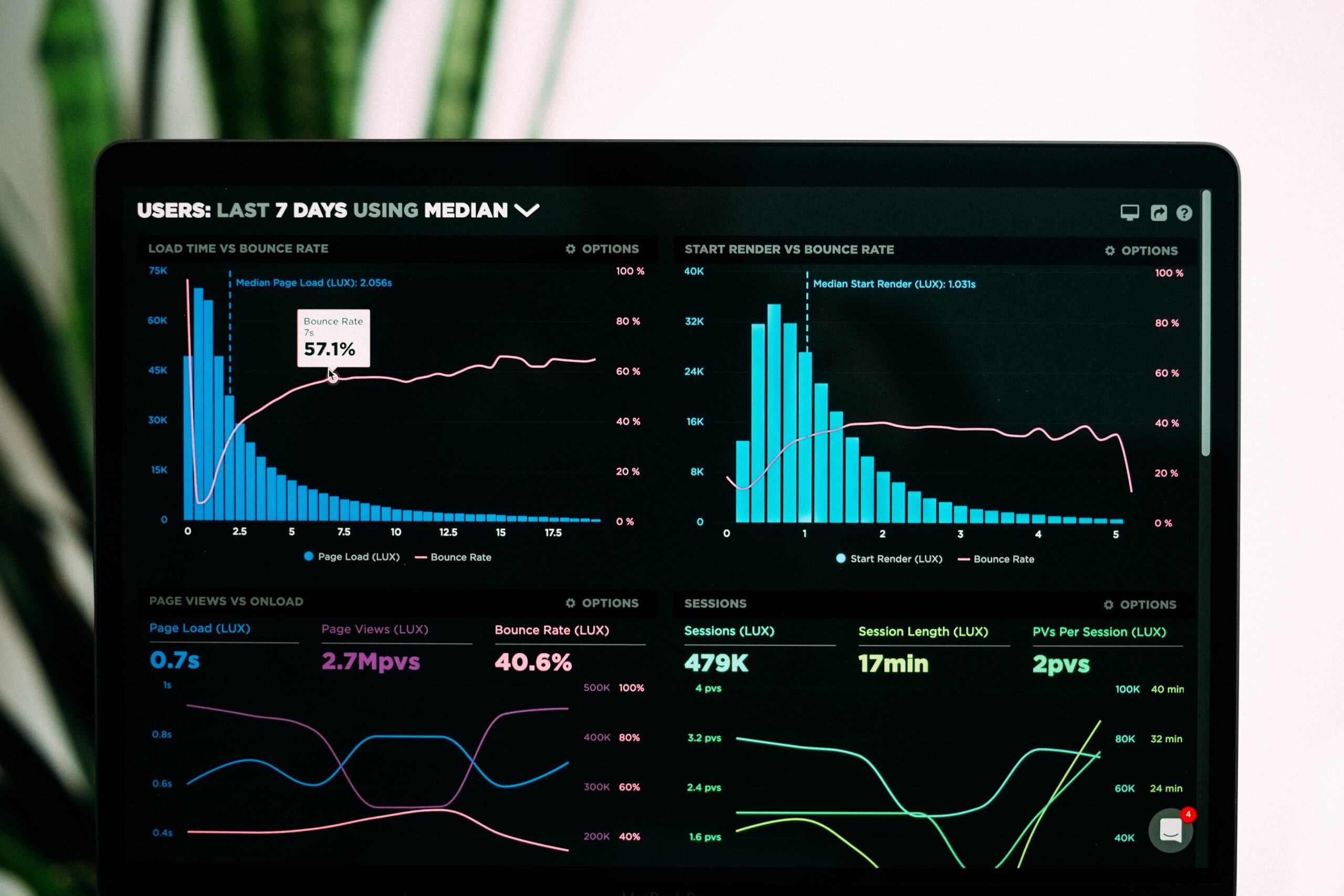Welcome to the Areteblog’s SEO guide!
Here you will learn all that you need to know about search engine optimization, from its basic concept, how to write compelling, shareworthy content, to the ways you can optimize your business to be better visible on search engines.
Organic search results cover more digital real estate, appear more credible to savvy searchers, and are more likely to be clicked than paid search results.
SEO has approximately 20x more traffic opportunity than PPC on both mobile and desktops.
Organic vs Paid Search Results
Organic search results are the listings on a search engine result page (SERP). This appears as a result of relevance to the search term (target keyword) and valid search engine optimization, rather than because of Search Engine Marketing (SEM) or trickery.
On the other hand, Paid search results are basically ads paid for by the businesses to appear above organic search results in the fastest way possible in order to boost their website to the first page when someone types an inquiry using specific keywords.
White hat vs black hat SEO
White hat SEO has a primary purpose to target the human audience rather than trying to hack search engine algorithms. It contains all the techniques, best practices and strategies that above by search engine rules and add more value to people
On the contrary, black hat SEO refers to techniques and strategies that tend to spam/fool search engines. Although, black hat SEO can also work, it can put your website into tremendous danger of penalty or of being deindexed and has ethical implications.
Search Engines and SEO industry
Search engines and the SEO industry share similar goals, that is to help you succeed. In fact, Google has its own SEO starter guide, just like ours!
Google assists webmasters and SEOs through their Central Help Forum.
Although the webmaster guidelines vary from search engine to search engine, the underlying principles remain the same.
Google Webmaster Guidelines
Do’s for SEO
- Write your content solely for the users.
- Accurately describe the content within the page – choose title text that reads naturally and effectively conveys the core of the content.
- Create unique <title> element for each page
- Use brief but descriptive <title>
- Try unique description for each page
- Use heading tags only where it makes sense
- Make it easy for the users to move from more general content to more specific content
- Create a navigation page for users, sitemap for search engines
- Use words in URLs
- Write easy-to-read text
- Organize your content clearly
Don’ts for SEO
- Don’t write extremely lengthy text in <title>
- Don’t stuff unnecessary keywords in your <title>
- Avoid writing a meta description tag that has no connection with your content.
- Avoid excessive use of heading tags on page
- Don’t add markup data that is not visible to users.
- Do not have a navigation entirely based on images or animations
- Avoid using lengthy URLs with unnecessary parameters and sessions IDs
- Try not to write sloppy texts with many spelling and grammatical errors
- Avoid putting distracting advertisements on your page.
Fulfilment of user intent
Instead of violating the guideline and tricking search engines, that can be harmful for your website itself, try to fulfil the user intent.
Whenever a person searches for anything, they have a desired requirement about the outcome. Whether it’s information about a certain topic, the latest dress collection of a well known designer, news about showbiz, or just a photo of a little puppy, users desire for the best and complete outcome.
And this desired requirement is the User Intent.
As an SEO, it is your duty to provide users with the content they desire.
There are following three major types of user intents:
- Informational
- Transactional
- Navigational
You have completed SEO 101. Woohoo!
Grab your notes and a cup of coffee, and let’s get started with Chapter 2 Types of Search Engine success factors

4 Responses
Thank you for the auspicious writeup. It in fact was a amusement account it. Look advanced to far added agreeable from you! However, how can we communicate?
Thank you for the sensible critique. Me & my neighbor were just preparing to do some research on this. We got a grab a book from our area library but I think I learned more from this post. I am very glad to see such great information being shared freely out there.
I am glad to be a visitant of this complete site! , regards for this rare information! .
My wife and i felt now delighted Michael managed to finish up his investigations from your ideas he received out of the web pages. It’s not at all simplistic to just find yourself offering tips which often most people have been trying to sell. We acknowledge we have got the blog owner to give thanks to for this. The specific explanations you made, the easy blog menu, the friendships you will help engender – it’s got many incredible, and it is aiding our son and our family consider that this idea is fun, and that’s truly indispensable. Many thanks for all the pieces!